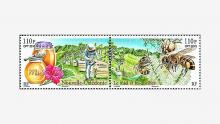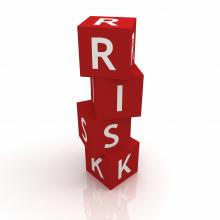Neonicotinoide lassen Fischbestand schrumpfen
Daran, dass unsere Insekten und damit auch unsere Vögel weniger werden, sollen hauptsächlich Pflanzenschutzmittel schuld sein. Jetzt haben Forscher aus Tokio bestätigt, dass sich Neonicotinoide auch im Wasser und damit auf Fische auswirken. Ein Team um Masumi Yamamuro von der Universität Tokio hat den japanischen Shinji-See über Jahrzehnte beobachtet. Der siebtgrößte See Japans liegt in der Präfektur Shimane, an seinen Ufern befinden sich Reisfelder.










